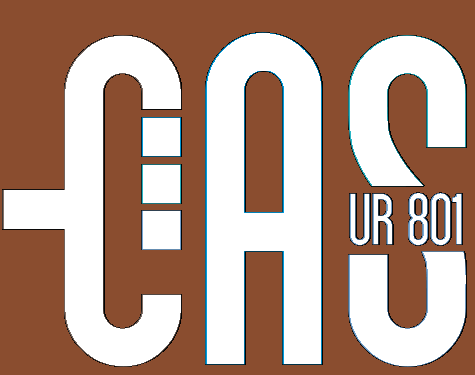OTRANTE
ART ET LITTERATURE FANTASTIQUES
N°27-28
Forêts fantastiques
ART ET LITTERATURE FANTASTIQUES
N°27-28
Forêts fantastiques
This double issue of the journal Otrante, published in the fall of 2010 and edited by Lambert Barthélémy, contains my second article "Forêts symboliques de la bande dessinée américaine contemporaine".
This article studies the links between Alan Moore's run for the DC Comics series Swamp Thing
(1983-1987) and Neil Gaiman's DC limited series Black Orchid
(1988-1989), and the way they jointly shape a symbolic treatment of forests, much different from the marvellous and 'elfic' topoi of Tolkien and his epigones' heroic fantasy novels, and also much different from the usual, Gothic treatment of forests in horror comics (from EC Comics on), that is, merely as a quintessential "frightful setting". Moore, through the changes he brought to the characterization of the classic DC horror/superhero comics protagonist Swamp Thing, contributed to the introduction of such aspects as spirituality and numinous, as well as ecological concerns, in this weird mix of horror and superhero fiction. The forest, in Moore's Swamp Thing
has gradually become a metaphysical concept, of which physical forests are avatars. While commissioned to merely re-vamp an old and unsuccessful superheroine (Black Orchid), Gaiman has actually used the potential of DC continuity in order to expand the sylvan mythology roughed out by Moore. At the same time, Gaiman's miniseries has developed the symbolic value of the forest, notably through artist Dave McKean's graphic experiments.
Page of the book on the publisher's website:







